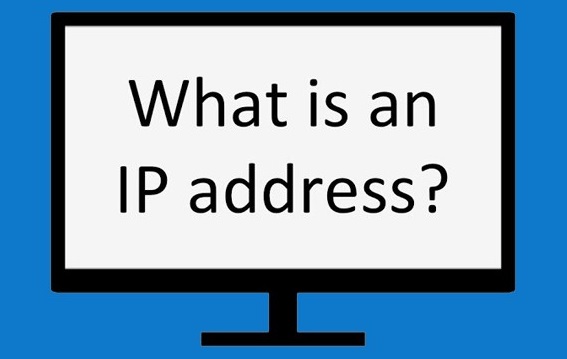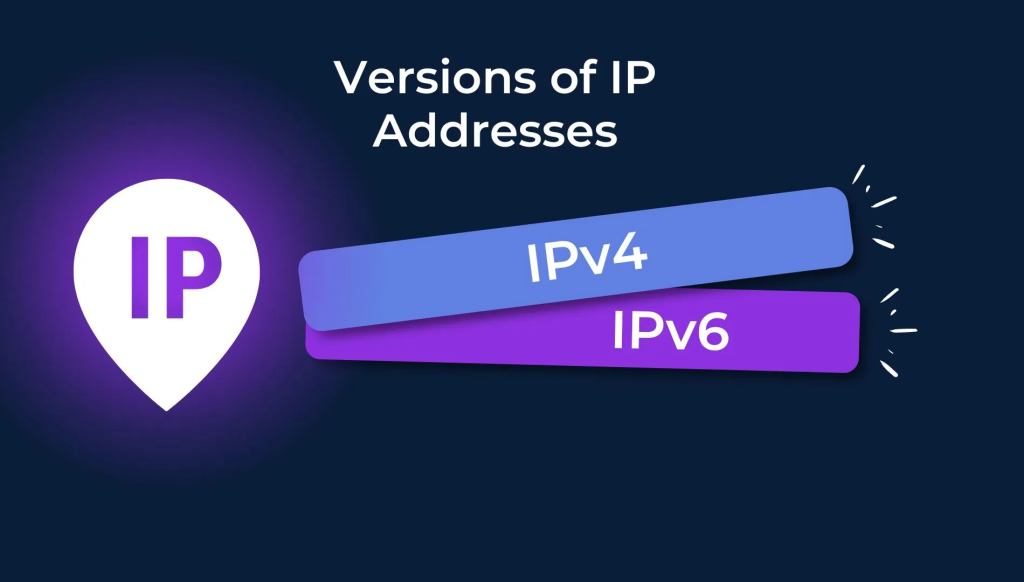What is Internet Protocol

IP, which stands for Internet Protocol, is a set of rules that governs the format of data sent over the internet or other networks. It is responsible for addressing and routing packets of data so they can travel across networks and arrive at the correct destination. The Internet Protocol operates at the network layer of the OSI (Open Systems Interconnection) model and is fundamental to the internet’s functionality.
Table of Contents
Key Functions of IP
- Addressing: IP assigns unique addresses to devices on a network, allowing them to be identified and located. Each device on a network is assigned an IP address.
- Packetization: Data is broken down into smaller packets for transmission. Each packet contains a portion of the data, along with headers that contain essential information, such as the source and destination IP addresses.
- Routing: IP determines the best path for packets to travel from the source to the destination. Routers use the IP addresses in packet headers to forward packets through the network.
- Fragmentation and Reassembly: Large packets may be fragmented into smaller pieces to accommodate the maximum transmission unit (MTU) of the network. These fragments are reassembled at the destination.
Versions of IP

There are two main versions of IP in use today:
- IPv4 (Internet Protocol version 4)
- Address Format: IPv4 uses 32-bit addresses, typically written in decimal format as four octets separated by periods (e.g., 192.168.1.1).
- Address Space: IPv4 has approximately 4.3 billion unique addresses.
- Common Use: IPv4 has been the primary version of IP used since its inception and is still widely used today.
- IPv6 (Internet Protocol version 6)
- Address Format: IPv6 uses 128-bit addresses, written in hexadecimal format and separated by colons (e.g., 2001:0db8:85a3:0000:0000:8a2e:0370:7334).
- Address Space: IPv6 provides a vastly larger address space, capable of supporting a virtually unlimited number of unique addresses.
- Common Use: IPv6 was developed to address the limitations of IPv4, particularly the exhaustion of available IPv4 addresses. Its adoption is increasing, particularly as more devices connect to the internet.
What is IPv4? Explained in detail

IPv4, or Internet Protocol version 4, is the fourth version of the Internet Protocol (IP). It is one of the core protocols of standards-based internetworking methods in the Internet and other packet-switched networks. IPv4 was the first version of the Internet Protocol to be widely deployed, and it has been in use since the 1980s. Here is a detailed explanation of IPv4:
Structure of IPv4 Addresses
An IPv4 address is a 32-bit number, typically represented in decimal format as four 8-bit octets separated by periods. This format is called “dotted decimal notation.” For example, an IPv4 address might look like 192.168.1.1.
- Octets: Each of the four octets can range from 0 to 255.
- Bits: In binary form, an IPv4 address is a sequence of 32 bits.
Address Classes
IPv4 addresses are divided into five classes (A, B, C, D, E) based on the leading bits:
- Class A: 0.0.0.0 to 127.255.255.255 (for large networks)
- Class B: 128.0.0.0 to 191.255.255.255 (for medium-sized networks)
- Class C: 192.0.0.0 to 223.255.255.255 (for small networks)
- Class D: 224.0.0.0 to 239.255.255.255 (for multicast groups)
- Class E: 240.0.0.0 to 255.255.255.255 (reserved for future use or research)
Subnetting
Subnetting is a technique used to divide a network into smaller, more manageable pieces or subnets. This is done by using a subnet mask, which determines the network and host portions of an IP address.
- Subnet Mask: A 32-bit number that masks an IP address, dividing it into the network and host portions.
- CIDR Notation: Subnets are often expressed in CIDR (Classless Inter-Domain Routing) notation, such as
192.168.1.0/24, where/24indicates that the first 24 bits are the network part of the address.
Private and Public Addresses
- Public IP Addresses: These are unique and can be accessed over the internet. They are assigned by the Internet Assigned Numbers Authority (IANA) and distributed by regional internet registries (RIRs).
- Private IP Addresses: These are used within private networks and are not routable on the internet. They are specified in the following ranges:
- Class A: 10.0.0.0 to 10.255.255.255
- Class B: 172.16.0.0 to 172.31.255.255
- Class C: 192.168.0.0 to 192.168.255.255
Communication Methods
- Unicast: One-to-one communication where data is sent from one source to one destination.
- Broadcast: One-to-all communication where data is sent from one source to all devices on the network. IPv4 uses the address
255.255.255.255for broadcasting. - Multicast: One-to-many communication where data is sent from one source to multiple specified destinations. IPv4 uses addresses in the range
224.0.0.0to239.255.255.255for multicasting.
Address Exhaustion and IPv6
One of the main limitations of IPv4 is the finite number of available addresses (approximately 4.3 billion). As the number of internet-connected devices has grown, IPv4 address exhaustion has become a significant issue. To address this, IPv6 (Internet Protocol version 6) was developed, which uses 128-bit addresses, providing a vastly larger address space.
Key Features of IPv4
- Connectionless Protocol: IPv4 is a connectionless protocol, meaning that each data packet is treated independently, and no dedicated end-to-end connection is established.
- Best Effort Delivery: IPv4 operates on a best-effort delivery model, where packets are sent without guarantees of delivery, ordering, or error correction.
- Fragmentation: IPv4 supports fragmentation, where large packets can be divided into smaller fragments for transmission and reassembled at the destination.
Conclusion
IPv4 has been the backbone of the internet for decades, providing a robust and reliable way to address and route data packets across networks. Despite its limitations and the emergence of IPv6, IPv4 continues to be widely used and supported in various networking applications.
